What do you imagine when someone talks about sustainable materials or conscious fashion. Most probably first things that come to your mind are cotton, linen, or wool. However, recently fashion and textile industries have added one more name to the list – TENCEL. Moreover, sustainable brands, fashion bloggers, and communities seem to go crazy over this fabric. So what is so special about it?
People usually know about TENCEL that it is super soft and pleasant to your skin. But is it enough for a piece of fabric to win over the hearts of the most dedicated sustainable fashion preachers? Not really. The material’s whole nature and origin make it unique and innovative and comfortable, versatile, and eco-friendly.
What is TENCEL?
The first thing you should know is that talking about TENCEL, people may imagine different fabrics. TENCEL is not the exact name of the material but a brand name that unites various fabrics called modal or lyocell. Many people call all diapers “Pampers”, although it is just one brand in the overall market niche.
However, Lyocell and Modal are quite famous sustainable fabrics, mostly appreciated for being super soft and pleasant to the skin.
Some people compare TENCEL to Viscose (aka Rayon) fabrics. Indeed, their manufacturing methods are pretty similar. They are both made out of fibers called “regenerated cellulose”.
The process may look pretty unconventional for most of us. They take the wood pulp and pass it through a chemical process that dissolves it. Then they put the resulting product through a powerful extruder that forms the fibers.
Once again, the manufacturing process is more or less the same both for TENCEL and Viscose. So why are they not equally sustainable and eco-friendly? Viscose manufacture requires much more energy. Moreover, the chemicals used to create viscose fibers are incredibly toxic and dangerous for the environment and people who work with them. In other words, Viscose is not eco-friendly; it is also unethical from the labor policy point.
At the same time, chemicals that they use for TENCEL manufacture get naturally recycled during the process. In other words, TENCEL manufacture is almost zero-waste technology. Another essential feature of TENCEL is that it uses only ethically and sustainably harvested wood.
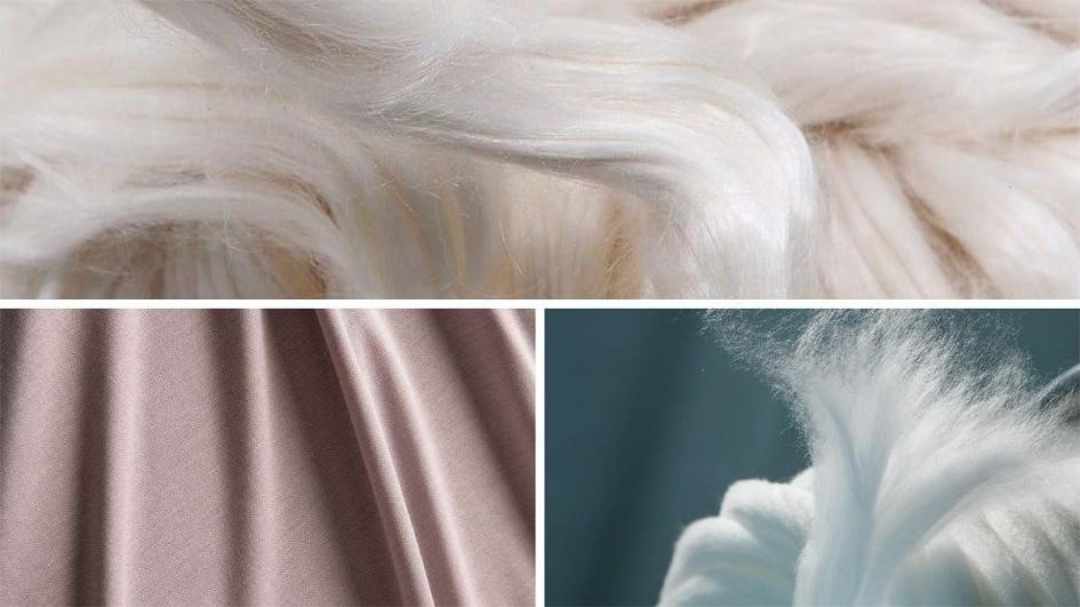
Is TENCEL a natural material?
One may get pretty confused with this question. On the one hand, it comes from wood. And what can be more natural than wood? However, the manufacturing process requires a complicated human-made chemical reaction. So, is TENCEL indeed a raw material?
Let’s say the answer is yes and no. Even the textile industry itself does not refer to TENCEL as “natural” or “synthetic”. They always prefer to call it “regenerated cellulose” material.
What we can say for sure is that TENCEL manufacture is eco-friendly and zero-waste. It recycles all the chemicals, water, and fibers used in the process. Also, it is a principal position of the brad itself only to use sustainably-harvested commodities. This is why all conscious consumption communities and sustainable fashion brands love TENCEL so much.
Beware of marketing tricks!
However, just like any popular concept, TENCEL has instantly become an object of marketing manipulations in the fashion industry. For example, shopping for products made out of TENCEL, you may often find labels saying “tree fiber” or “eucalyptus fiber”. Sounds incredible and very attractive for customers, but, unfortunately, those fibers don’t exist!
TENCEL is made from fibers that come from trees. Those are mostly beech, birch, spruce, and, yes, eucalyptus. But it is a wood pulp that goes through a chemical dissolvent and therefore is turned into fibers. Not the wooden fibers themselves. Also, there is not such a thing as the difference between eucalyptus fibers and birch fibers. The chemical process turns them all into a homogeneous mass.
Is TENCEL entirely eco-friendly?
As we have already mentioned above, TENCEL manufacture is almost zero-waste, making it eco-friendly and clean. Also, TENCEL fibers are biodegradable ad compostable. It means that even if your top eventually ends up in a landfill, it will do much less harm to the environment than any synthetic piece of clothing.
Benefits of wearing TENCEL
Of course, the first thing that comes to mind is the incredible softness of TENCEL. It is the softest ad lovely fabric that you can find on the market today. Both clothes and home textile made out of TENCEL will be more delicate than any organic cotton or cotton blend products you may think of.
TENCEL also blends easily with any other natural fabric like cotton or linen. It allows the resulting material to combine various fibers’ benefits – for example, linen’s durability with TENCEL’s softness.
There are lots of other commonly-recognized benefits of TENCEL:
- It almost doesn’t wrinkle;
- It drapes nicely, being a perfect material for interior design and fashion pieces;
- It absorbs dye providing vibrant colors and holds them better than any other fabric;
- It is breathable and lets your body regulate moistly and temperature naturally;
Buying TENCEL
If you are looking for an ultimately sustainable material produced ethically from naturally renewable commodities, TENCEL is perfect for you. Today, being pretty popular among brands and customers, it is the #1 material today offered by numerous brands. Knowing the high demand for the material, each brand will specify that it has TENCEL items in the collection.
One of my favorite brands that use TENCEL, BANANA and HEMP fabrics is ShopValani.com. Head over to her website and read her story.
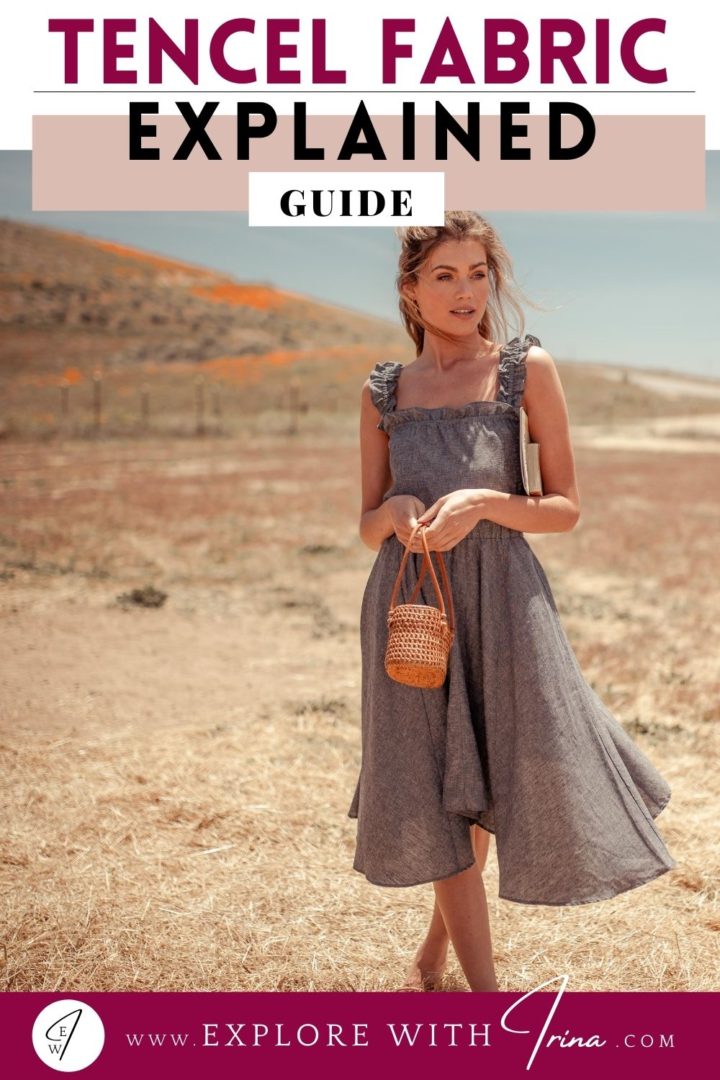
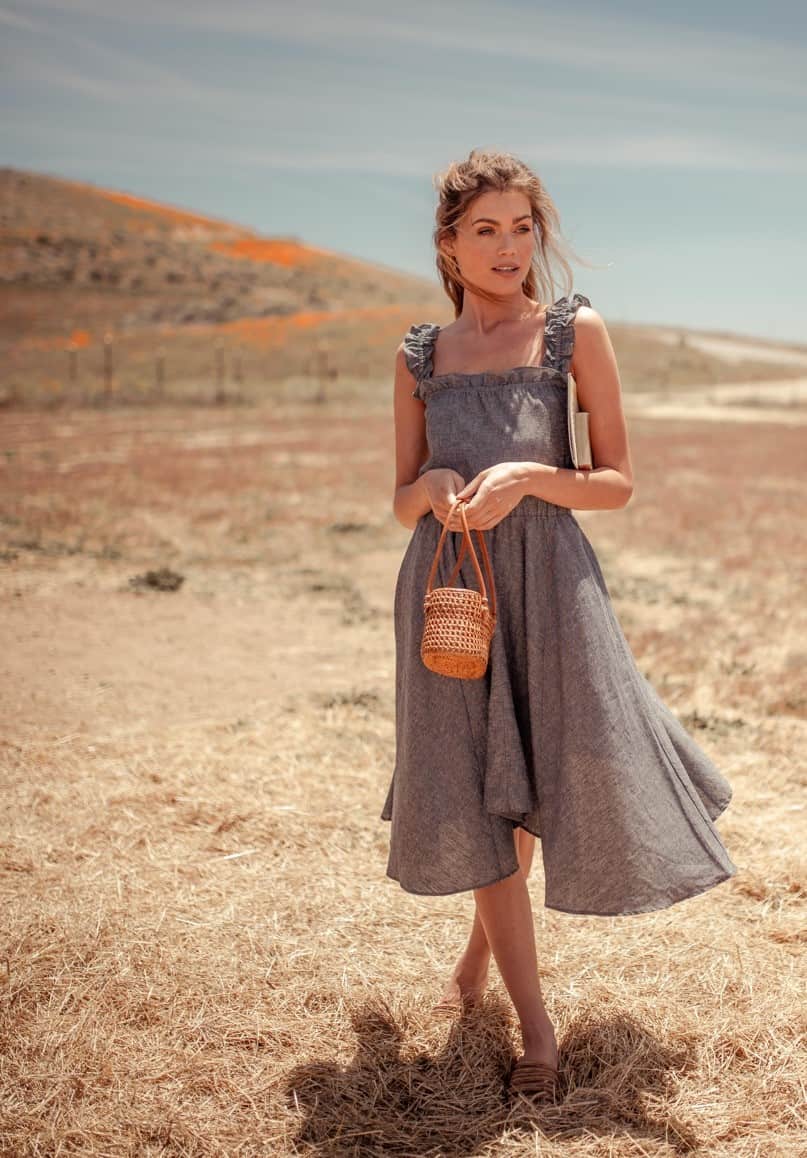




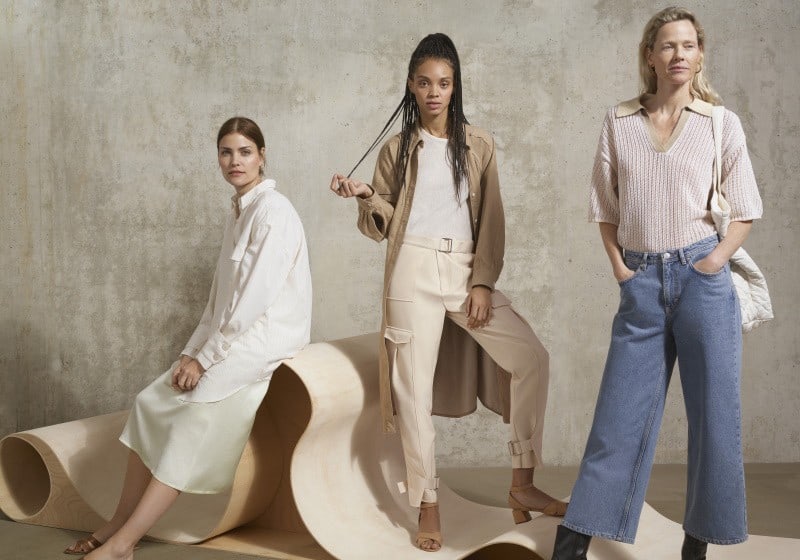
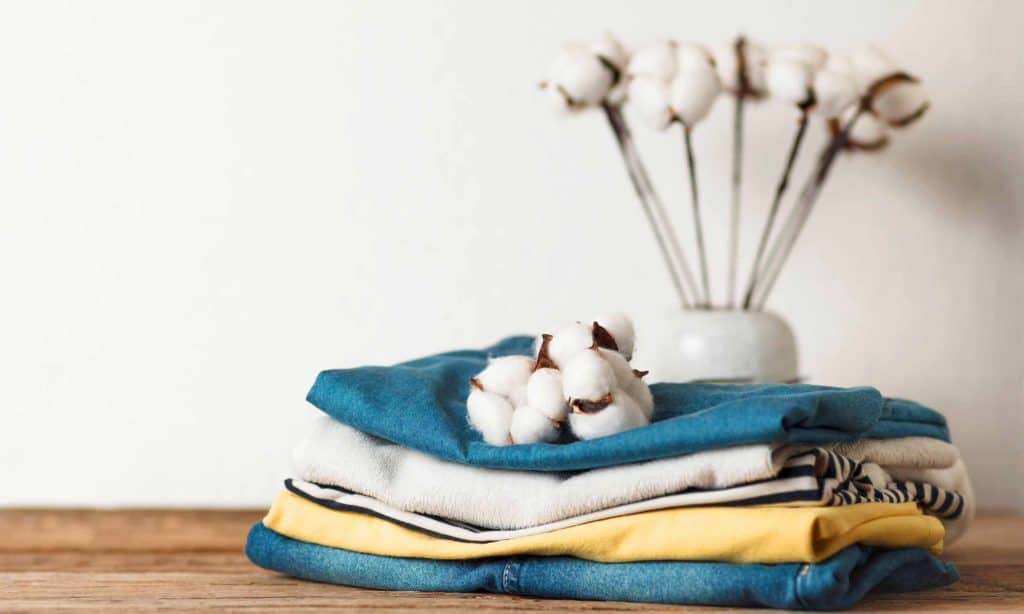
0 Comments